(Continued from Part V)
Part VI – Divergent Paths
The southward pursuit of Price lasted well into November, though the Union forces were never again able to bring him to battle. Jennison, recovered from his assault at the hooves of a Missouri mule, re-assumed command of the First Brigade, while Hoyt once more took his customary place as the commander of the Fifteenth. They gave up at the Arkansas River, south of Bentonville, and by mid-month began the long trek back to Fort Scott, riding alongside the Kansas Sixteenth. As with their short layover in Carthage, both the officers and the enlisted men they were charged with moving began to “straggle,” in squads of two or three or half a dozen, looking once more to display the lex talionis that was such a part of their espirit du corps. At times, as few as fifty men inhabited a line that should have contained all five hundred.
On the sixteenth of November, officers and men of the Fifteenth looted the house of A.B. Greenwood of Bentonville, who was away in Texas, quite possibly in the Confederate army. They rifled his effects and stole money from his young daughter and a silver platter – of which the officers debated the authenticity during the return trip – from a chest they had broken open in the front yard. Major Laing took a bed sheet from the house, wrapped it around himself, and danced about the clothing-strewn yard, much to the laughter of his men.
On the Eighteenth, under orders of Colonel Jennison, a group from the Fifteenth robbed another man of his money, blankets, everything they could carry – they even took his butter, the specific contraband Jennison had originally ordered them to seize. Other houses were burned outright under his orders and as the Fifteenth marched through two counties of Arkansas, columns of smoke appeared as if by magic all along the skyline. A very nice herd of cattle found itself involuntarily mustered into the unit for the return trip; those whose duties did not include being eaten marched as far north as Mound City, Jennison’s home town. Captain Curtis, with Jennison’s approval, hanged three Arkansas men whose claim to loyalty both officers doubted.
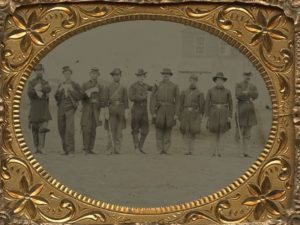
Within two weeks of their return on the twenty-third of November, General Blunt began an investigation into the facts of that eventful march homeward. In January of 1865, court martial proceedings opened and the officers quickly received their comeuppance. Captain Swain, the former Red Leg, was sentenced to be hanged for the lynching of three confederate soldiers, though the sentence was never carried out. Captain Curtis received a cell in a Missouri penitentiary and zebra pants for his own drumhead courts-martial of enemy troops. Jennison, Laing, and their subordinate officers, fourteen in all, were immediately and dishonorably dismissed from the service on charges ranging from horse-thieving and cattle-rustling to embezzlement and murder.
Only Hoyt, who had fallen ill at the end of the campaign and spent the entire ride northward in the ambulance, escaped completely unscathed. After being breveted for gallantry attributable to the whole Fifteenth, he would go on to be elected Kansas’ sixth Attorney General. It was one final piece of irony, since Lieutenant Colonel Hoyt was the officer officially in command of the brigade during its raucous march home.
Three weeks after the Fifteenth returned to Fort Scott and two weeks before the first court martial of its officers, the Liberty Weekly Tribune reported the results of a fistfight between Jennison and Hoyt. Lou Jennison, a relative of the Colonel who hung about the command while they were in Fort Scott, had called Hoyt a knave and Hoyt had taken violent offense. While a few of the soldiers of the Fifteenth held Hoyt back, Lou kicked him in the ribs and drew his revolver, upon which provocation Hoyt returned to the hotel in which he was staying and got his own. As Hoyt descended the hotel steps, the Colonel himself jumped him, choked him, and called over a few nearby soldiers for assistance in throwing his lieutenant into the brig. When Hoyt, in predictable lawyerly fashion, demanded that Jennison provide a written order for his arrest, Jennison released him.
“We are not fully posted,” the newspaper concluded, “as to all the … trouble between the two officers.” As they would soon be able to print, it had plenty to do with the irreparably tarnished glory of the command they shared.

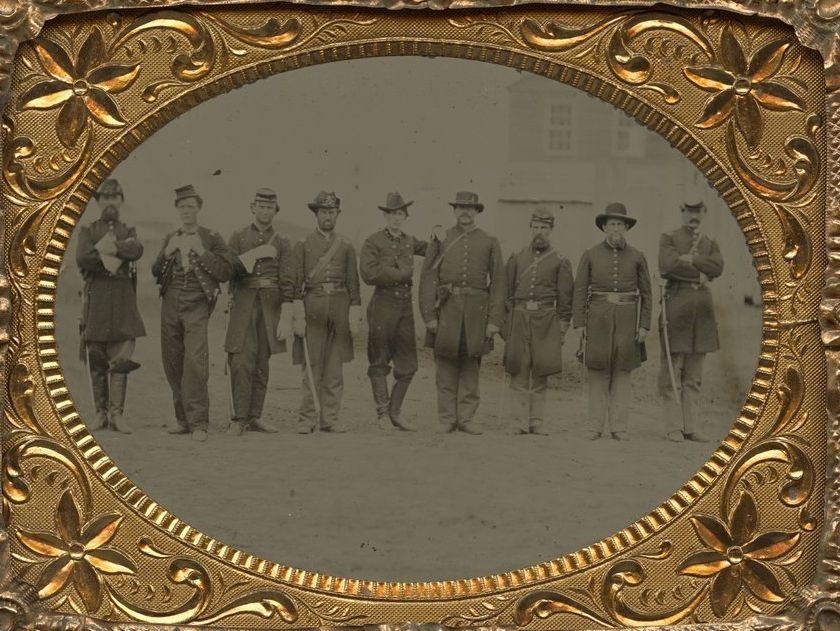

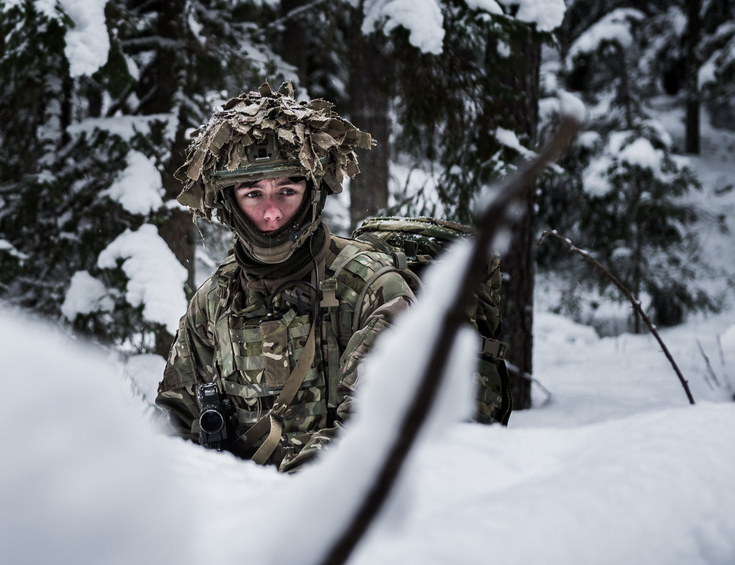
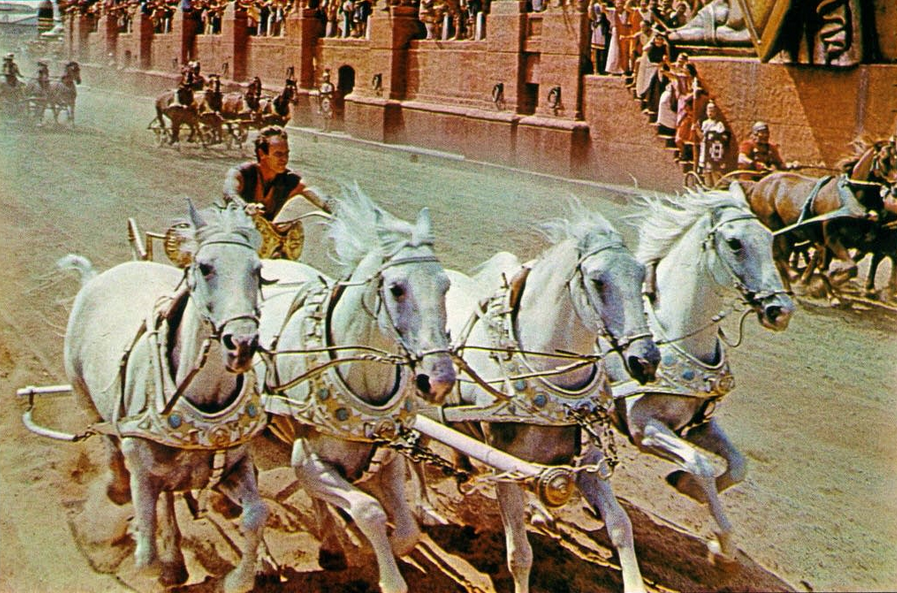

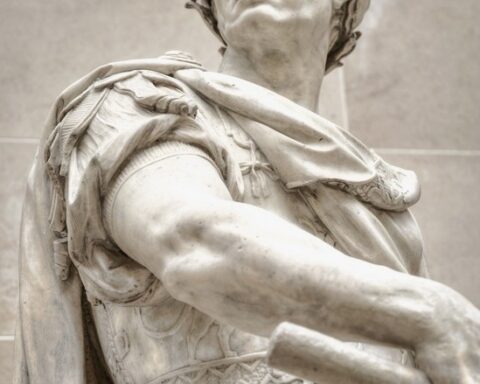
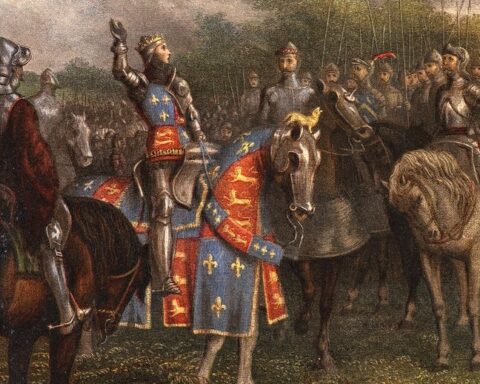
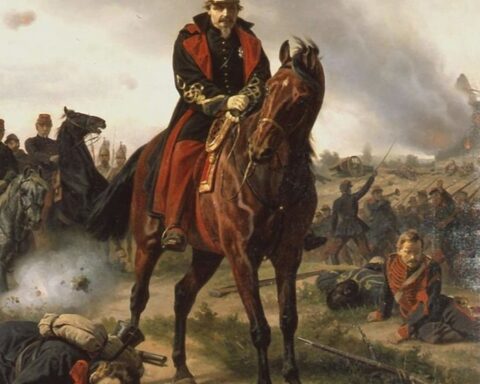
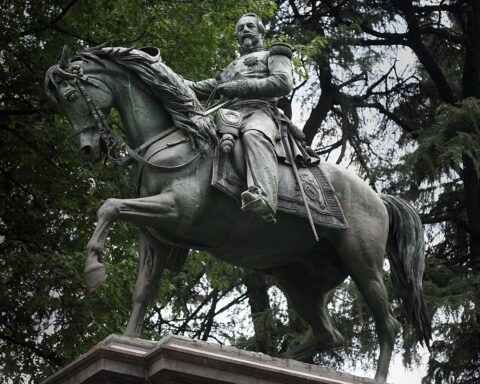
4.5